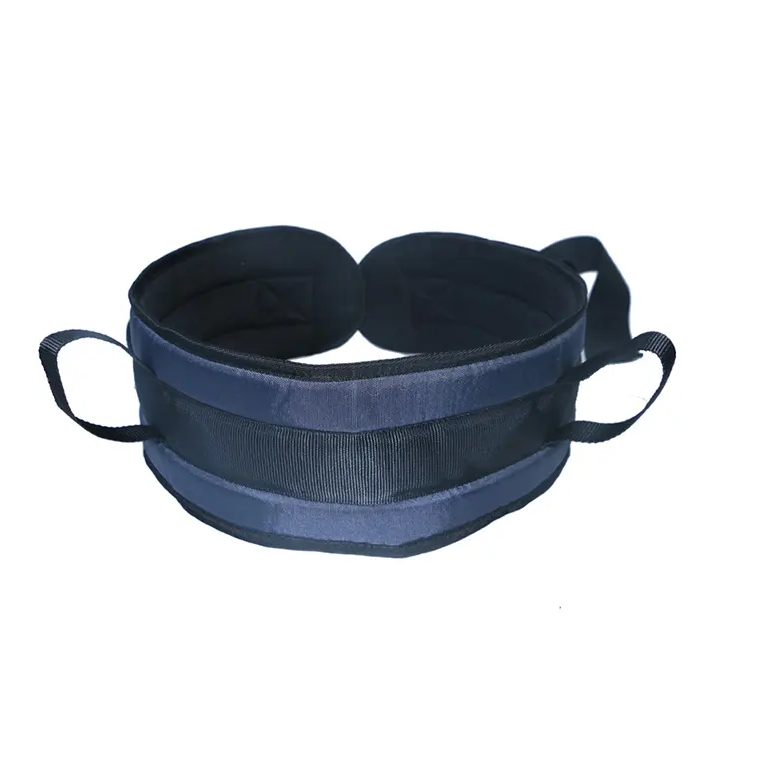Safety Standards for Patient Lift Slings
Due to their limited mobility, there are individuals who need to be transferred from one point to the other and this is where patient lift slings come in. While these slings provide support during the lifting and moving motions, they are also meant to be used together with lift machines. But still, the safety of everyone especially the patient and the caregiver comes first. Trauma and accidents can be avoided only if proper safety standards are complied with.
Important Safety Standards for Patient Lift Slings
The safety of patient lift slings is compliance with specific requirements that focus on the prevention of damage from heavy load, ease of usage, and most especially protection of the patients. Some of the norms include the following:
1. Weight Capacity: It is far too easy to incorporate safety standards which include the correct maximum weight a sling can hold for patients who are using slings. It is common practice to have slings with their weight capacity limitations which ranges on average from 250 pounds to 800 pounds depending on the model. When someone chooses a sling which has low weight limits, it can lead to equipment breakdown and catastrophic injury.
2. Sling Material Properties: Good slings are relatively made from strong material properties such as nylon or polyester which are strong enough to be worn for regular use and won't tear easily. These materials need to be also non-abrasive in order to avoid causing irritation on skin, and need to be able to sustain the forces involved while lifting.
3. Fit and Adjustment: A correctly fitted sling is necessary to guarantee patient’s comfort and security. In this context, the design of the slings should permit different body types and postures. In modern slings, adjustable straps and support features are frequently included to enhance comfort during use.
4. Slip Prevention Measures: The design of the sling in the case of patients with normal gastric torsion should discourage slippage during the course of lift especially when lifting patients from a sitting or prone position. Slip resistant fabrics or other materials and well-placed straps can help ensure that the patient is secure throughout the lift.
5. Standards Compliance: The American National Standards Institute (ANSI) has formulated guidelines that slings for patient lifts in the USA, and slings which are CE marked for the European Union region adhere to. Adhering to these regulations will ensure that the slings have satisfied criteria in place for safety and performance.
Chuangguo’s Pledge Towards Safety
Chuangguo brand is a patient lift sling manufacturer that adheres to firm care and safety measures to ensure that their products are safe and reliable. Every sling, without exception, puts the patient at the center of its design, ensuring comfort, attractiveness, ease of use, and long-term reliability. Regular quality tests are performed on Chuangguo’s slings regarding strength, material usages, and ease of application to be compliant with local and international measures requirements.
Caregivers and healthcare practitioners who go for Chuangguo are sure that they are using dependable patient lift sling equipment as such equipment is designed to ensure safety and comfort for patients. Always verify the specifications and guidelines by the manufacturer in relation to the sling the nurse intends to avail in order to ascertain its effectiveness to the given purpose.
By using patient lift slings, lower back injuries sustained while transferring patients can be avoided; however, safety standards should always be observed to ensure that the slings do not cause further damage to the patient. And by focusing on safety, Chuangguo will appeal to a broad range of healthcare providers who care about their patients. Chuangguo forged a strong reputation amongst its customers. Further, Slings weight capacity materials and fit are considered during selection with the intent of guaranteeing utmost safety of the patient and caregiver.


 EN
EN




























